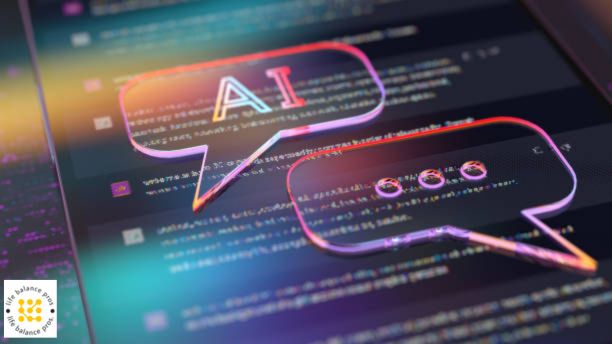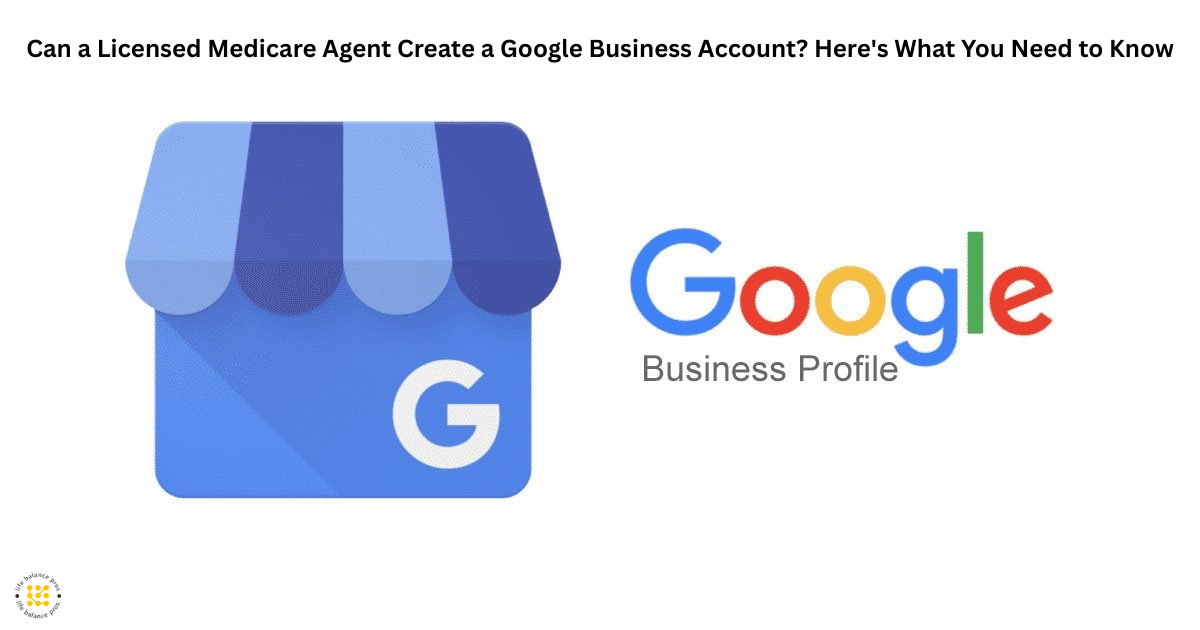AI That Speaks Without Limits
Imagine talking to an AI that says whatever it wants—no restrictions, no censorship, just raw, unfiltered replies. Sounds wild, right? AI chat with no filters is gaining attention, and for good reason. It gives users honest, unedited conversations. But is that a good thing?
AI without filters can be fun, honest, and even helpful. However, it can also spread false information, create problems, or cross ethical lines. Let’s explain what this means, how it works, and why it matters.
What is AI Chat No Filter?
Most AI chatbots follow the rules. They avoid specific topics and keep things polite. But unfiltered AI skips these rules. It talks freely, just like a human might.
Some users love this, as it makes AI more real and interesting. Others worry about what happens when AI has no limits. Can it spread harmful ideas? Can it be trusted? These are big questions.
How It Works
AI chatbots learn from tons of data. But most have safety filters that block inadequate responses. With unfiltered AI, these filters are turned off or reduced. This allows AI to generate answers without restrictions.
Some developers create semi-filtered AI, which gives more freedom but still blocks the worst content. Others remove all limits, letting the AI respond however it wants.
The Benefits of AI Without Filters
1. Honest and Transparent Responses
Most AI chatbots avoid tricky topics, dodge specific questions, or give vague answers. However, unfiltered AI gives raw, direct replies, which is helpful for researchers and developers who want to study honest conversations without bias.
2. More Human-Like Conversations
Filtered AI often sounds robotic. Removing these restrictions lets AI respond in a way that feels more natural. This makes chats more fun and engaging.
3. Improved AI Learning
AI models improve by learning from conversations. If an AI can speak freely, it might learn faster and develop better responses over time.
4. Personalized User Experiences
Without strict filters, AI can adapt to individual users. It can remember past conversations and offer responses that feel more tailored and engaging.
5. Freedom of Expression in AI
AI without filters can engage in open discussions on controversial topics, offering users different perspectives without company-imposed biases.
The Dangers of Unfiltered AI
1. Spreading False Information
AI doesn’t know what’s true or false. Without filters, it can spread bad advice, conspiracy theories, or fake news. This is a huge problem, especially when people trust AI for facts. Learn more about AI and misinformation here.
2. Offensive or Harmful Content
An AI without rules might say rude, inappropriate, or even dangerous things, which can create legal and ethical problems for companies using AI chatbots.
3. Security Risks
Hackers can manipulate AI to reveal sensitive information. With fewer restrictions, the risk of leaks or data breaches increases.
4. Legal Consequences
Companies using unfiltered AI could face lawsuits if their chatbot generates harmful or misleading content. Regulations on AI responsibility are still evolving, which adds another layer of risk.
5. Potential for AI Bias
If AI is trained on biased data, removing filters can amplify harmful stereotypes or misinformation. This can lead to discrimination in AI-generated responses.
Should We Use AI Without Filters?
It depends. There are good reasons to experiment with less restricted AI. But there are also significant risks. The best approach might be a balance—AI that’s more open but still has some safeguards.
Who Benefits Most?
- Researchers: Can study AI behavior without built-in bias.
- Developers: Can improve AI by analyzing unrestricted conversations.
- Users: Get more engaging and real interactions.
- Artists and Writers: Can use AI for creative, unrestricted brainstorming.
Who Faces the Biggest Risks?
- Businesses Could face lawsuits if AI says something harmful.
- Casual Users: Might get false or offensive responses.
- Society: We could see an increase in misinformation and harm.
- Government and Lawmakers: Struggle to regulate and monitor AI-driven content.
What’s Next for AI Conversations?
AI is constantly changing. Some companies are pushing for more freedom, while others focus on safety. A good middle ground might be open AI with key safeguards in place.
Steps for Safer AI
- Use hybrid models: Some freedom, but limits on harmful content.
- Improve AI fact-checking: AI should verify info before sharing it.
- Teach users AI limits: People should know AI isn’t always right.
- Introduce ethical AI guidelines: Developers should follow strict rules on what AI can and can’t say.
If you’re interested in AI ethics, check out this detailed guide on responsible AI. It explains how companies can build powerful but safe AI.
Final Thoughts
AI chat without filters is a double-edged sword. It’s exciting but risky. Whether you love it or fear it, it’s shaping the future of AI.
The key is balance. AI should feel accurate and human-like, but it should also have boundaries to prevent harm. We must find a way to use AI responsibly while keeping it engaging and valuable.
So, where do you stand? Do you think AI should be free to speak its mind, or should we keep some control? Let’s talk! If you want to explore AI for your business, reach out today.




